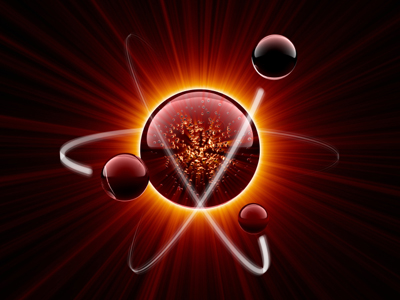
Radioactivity - Atomic Structure
This GCSE Physics quiz is about radioactivity, specifically atomic structure. The scientific method involves developing a hypothesis and then carrying out experiments to gather evidence to support it, however, that hasn't always been the case. The ancient Greeks, for example, did not carry out anything other than thought experiments, in other words, they imagined what would happen if they had been able to do an experiment. One of these was the beginning of the theory of atomic structure. A philosopher (thinker) called Democritus did a thought experiment about what would happen if you hit a piece of rock with a hammer and broke it again and again. He reasoned that eventually you would end up with a piece that was so small that you could not break it into anything smaller. The Greek word for 'indivisible' is 'atomos' and that is how we get our modern word - atom. Similar ideas were developed in other civilisations, completely independently of the Greeks.
Ready for more?
not all...
quizzers. Try to win a coveted spot on our Hall of Fame Page.







